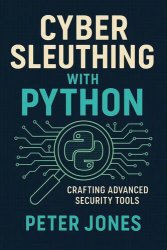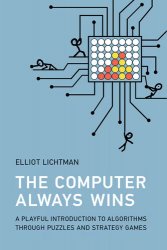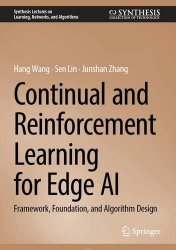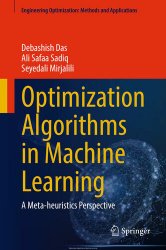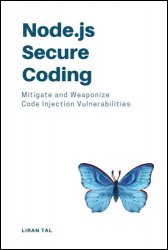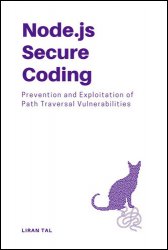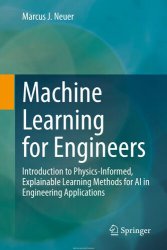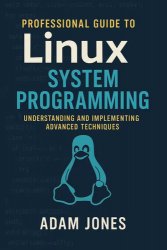 Название: Professional Guide to Linux System Programming: Understanding and Implementing Advanced Techniques
Название: Professional Guide to Linux System Programming: Understanding and Implementing Advanced TechniquesАвтор: Adam Jones
Издательство: NOB TREX L.L.C.
Год: November 4, 2024
Страниц: 290
Язык: английский
Формат: pdf, epub (true)
Размер: 13.2 MB
"Professional Guide to Linux System Programming: Understanding and Implementing Advanced Techniques" is an essential resource for those eager to deepen their expertise of Linux and master advanced system programming skills. This comprehensive guide delves into the technical depths of the Linux operating system, from its kernel intricacies to the complexities of device drivers and kernel modules. Covering a broad spectrum of topics such as file operations, process management, interprocess communication, memory management, network programming, debugging, application security, and sophisticated programming methodologies, it offers a thorough exploration of essential system programming principles. The target audience for this book spans seasoned and aspiring Linux system programmers, software developers with a vested interest in the Linux ecosystem, system administrators striving to refine their system automation and management capabilities, and students in computer science or related disciplines desiring a profound understanding of operating systems.
